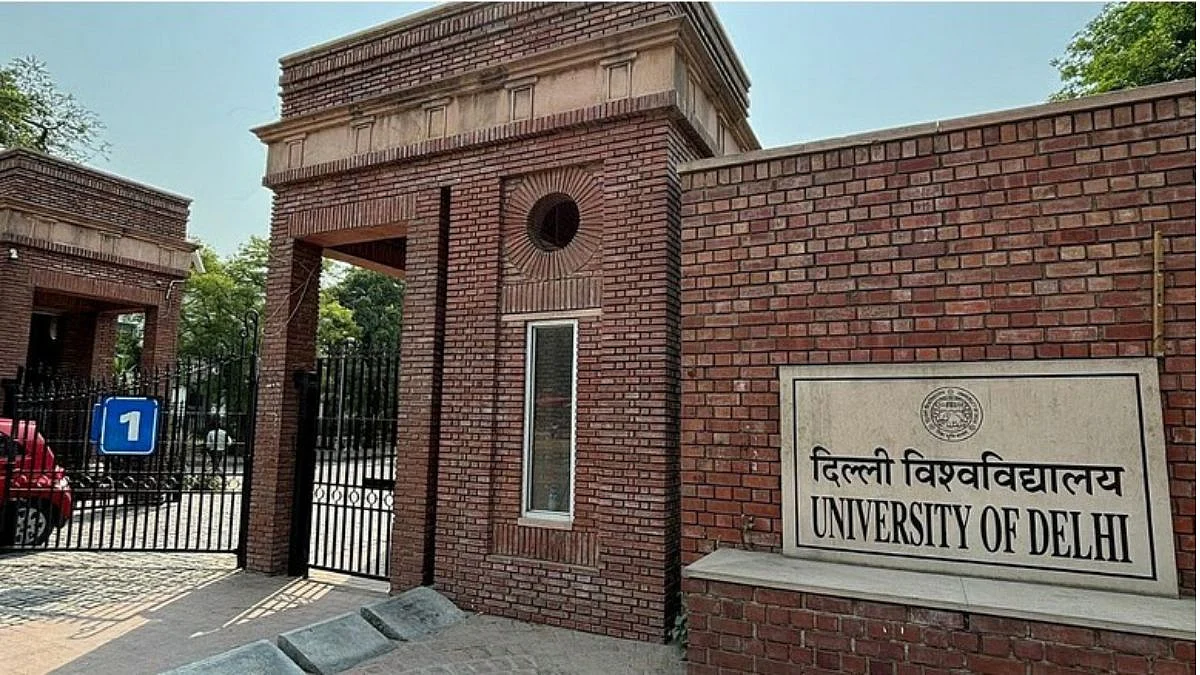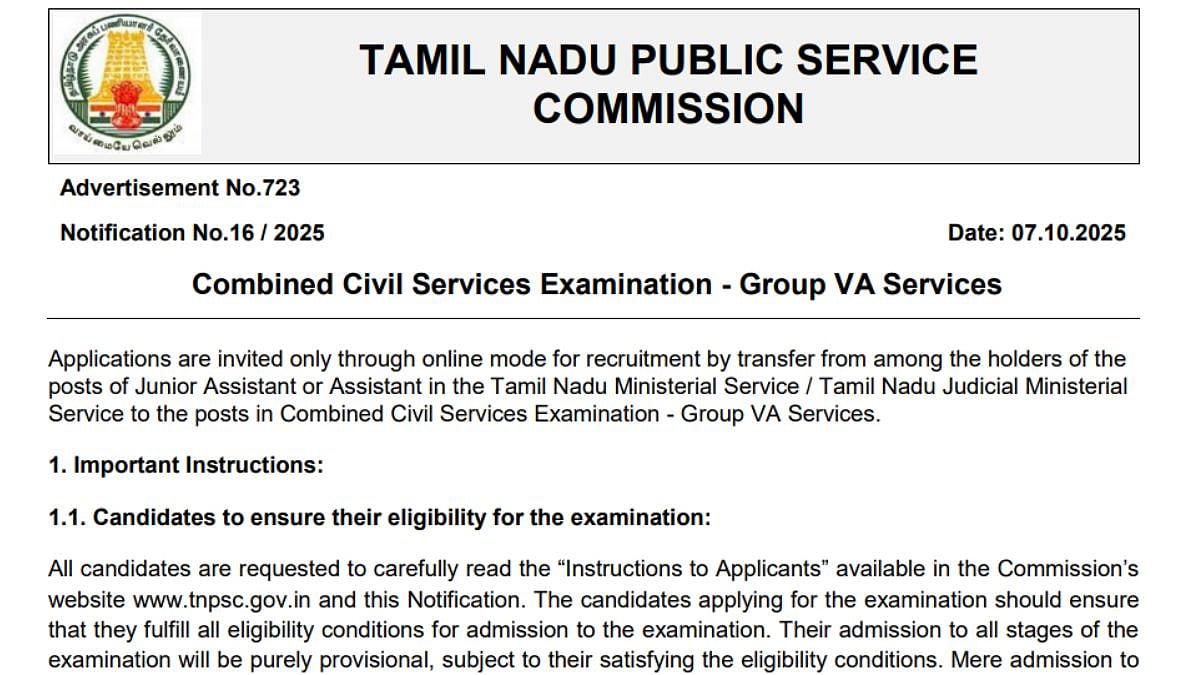Researchers from the Indian Institute of Technology, Guwahati (IIT Guwahati) and the UR Rao Satellite Centre, Indian Space Research Organization, have made a significant advancement in space exploration. Using a technique known as X-ray polarimetry, they have discovered polarized emissions from a black hole source that is located outside of our Milky Way Galaxy for the first time.
It stated that these results provide a new avenue for examining and comprehending the characteristics of astrophysical black hole sources.
A binary star system made up of a black hole and a "normal" star that is "much hotter, bigger, and more massive than the Sun" was discovered by the team and named "Large Magellanic Cloud X-3 (LMC X3)."
Professor Das headed the project
Pro Santabrata Das, Department of Physics, IIT Guwahati said, “X-ray polarimetry is a unique observational technique to identify where radiation comes from near black holes. LMC X-3 emits X-rays that are 10,000 times more powerful than those from the Sun. When these X-rays interact with the material around black holes, specifically when they scatter, it changes the polarization characteristics, i.e. degree and angle. This helps in understanding how matter is drawn toward black holes in the presence of intense gravitational forces.”
The binary star system known as Large Magellanic Cloud X-3 (LMC X3) is made up of a black hole and a "normal" star that are significantly hotter, larger, and more massive than the Sun. It is situated in a Milky Way satellite galaxy, almost 200,000 light-years from Earth. Numerous satellites have observed it since its discovery in 1971.
“Intense gravitational fields can cause the emitted light from black holes to become polarized. Our observations indicate that LMC X-3 likely harbours a black hole with low rotation rate, surrounded by a slim disc structure that gives rise to the polarized emissions,” said Dr Anuj Nandi, Scientist, U. R. Rao Satellite Centre (URSC), ISRO.
A new avenue for exploring and comprehending the nature of astrophysical black hole sources has been made possible by the study, which was published in the Monthly Notices of the Royal Astronomical Society: Letters.
The Department of Science and Technology in India's Science and Engineering Research Board (SERB) provided the funding.











